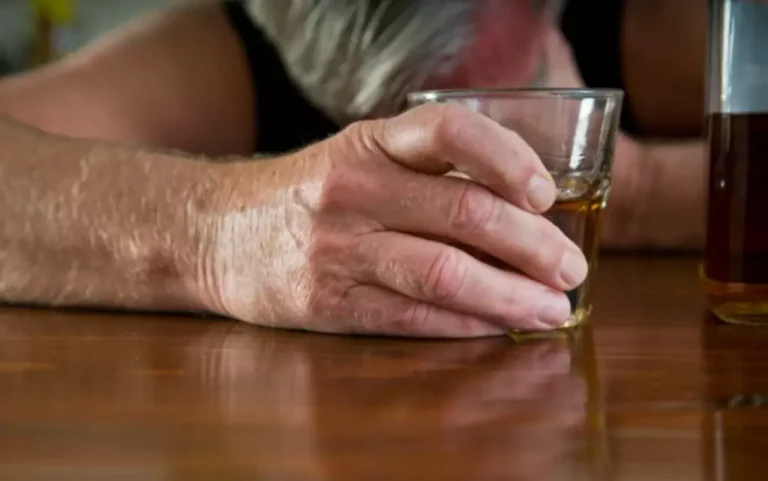
Marijuana withdrawal doesn’t cause any life-threatening symptoms. But it’s one of the signs of cannabis (marijuana) use disorder, which can significantly impair your life. It’s important to seek medical help if you have cannabis use disorder or any type of substance use disorder. When used as prescribed, Xanax treats symptoms of mental health disorders.1 However, though Xanax treats these symptoms effectively, Xanax addiction has its own symptoms.
Post-acute withdrawal syndrome (PAWS)
In a study from 2001–2013, about 17% of people who received an opioid prescription also received a benzodiazepine like Xanax. When opioids are combined with benzodiazepines, the risk of overdose, emergency department visits and death increases dramatically. Normally, the withdrawal process involves slowly reducing the dosage of Xanax and eventually switching the user to a long-acting form of the drug for a period of time.
Benzodiazepine Abuse Causes

Some people who are prescribed benzodiazepines become dependent on them and end up misusing them. Others get them illegally and intentionally misuse them to get high. That means you need higher and higher doses to get the same effect. It’s important to note that detox is just the initial phase of Xanax addiction treatment. While it addresses the physical dependence on the drug, it does not address the underlying psychological and behavioral aspects of addiction.
What if you combine Xanax with another drug or medication?
Xanax is a benzodiazepine drug that is known for its fast onset of action, making it effective in quickly reducing anxiety and panic symptoms but it also has a high dependency risk. Additionally, when Xanax use is discontinued, a phenomenon called protracted withdrawal may occur where withdrawal symptoms are experienced for up to a year. Symptoms will be milder than acute withdrawal and they can disappear for weeks at a time and then pop back up. The signs and symptoms of Xanax withdrawal vary xanax addiction from person to person. Research indicates that roughly 40% of people taking benzodiazepines for more than six months will experience moderate to severe withdrawal symptoms.
- We publish material that is researched, cited, edited and reviewed by licensed medical professionals.
- If you — or your loved one — are ready to get treatment, it may be helpful to reach out to a supportive friend or family member for support.
- Tapering off benzos like Xanax can often involve the use of a long-acting substitute.
- Carbamazepine is also known to enhance catecholamine function and therefore may improve symptoms of sleep disturbance, anxiety, and mood instability, which are common in withdrawal.
- However, its potential for addiction and abuse cannot be ignored.
- In some cases, an inpatient detox facility can be a good option.
Does the dosage change the way it affects you?

The time varies for each person and withdrawal symptoms vary depending on numerous factors. At this point, drug rehabilitation or medical intervention is the safest method for someone attempting to overcome their addiction. This stage begins with tolerance, which involves an increase in frequency or dosage of the drug that the person’s body is able to readily process without experiencing strong effects.
Find more top doctors on

Alprazolam is also excreted into breast milk in low concentrations. There are few case reports of alprazolam causing neonatal withdrawal syndrome and mild drowsiness in nursing infants (Iqbal et al., 2002). Alprazolam and its 2 hydroxylated metabolites are known to cross the placenta. Retrospective studies evaluating pregnancy outcomes of women exposed to alprazolam during the first trimester of pregnancy found conflicting results of congenital anomalies (Iqbal et al., 2002). The third phase consists of a longer period where the individual experiences psychological withdrawal once the acute phase is over, usually within a one-month period.
- To help you avoid these peaks and valleys, doctors often switch you from Xanax to a long-acting benzodiazepine such as Valium (diazepam).
- Many people who became addicted to the drug live in recovery after completing a rehabilitation or teletherapy program and now live a healthier life, free from Xanax abuse.
- Research from 2018 notes that experts consider Xanax withdrawal symptoms more severe than those of other benzodiazepines.
- Even at relatively low doses, Xanax addiction can develop—in part because the drug has a relatively short half-life of 11 hours, which means that its effects wear off quickly.
- Either way, it is very important that someone with a Xanax addiction also addresses their mental health and any behaviors that led to their addiction in the first place.
Doctors usually start someone on the smallest effective dose to avoid the potential for addiction and withdrawal symptoms. The dose may be increased depending on the response to treatment. It treats anxiety and panic disorders but has a recognized potential for abuse. Benzodiazepines are sedative drugs commonly prescribed for anxiety and sleep disorders. But they can be habit-forming, especially if you take them regularly or for a long time.
- Follow the directions on your prescription label and read all medication guides or instruction sheets.
- There are a few medications used for treating Xanax addiction, some of which help prevent relapse and minimize withdrawal symptoms.
- They become vulnerable to sexual assault, theft and other transgressions.
- Doctors usually start patients who have never taken benzodiazepines on low doses of Xanax, such as 0.25 milligrams or 0.5 milligrams.
- Many drugs can interact with alprazolam, and some drugs should not be used at the same time.
Among respondents whose symptoms lasted months or years, over half said caffeine or alcohol worsened their PAWS symptoms. Dependence and withdrawal can happen to anyone, even if you take your medication exactly as instructed. Alprazolam has been reported to cause withdrawal and sedation in the newborn and should be avoided during pregnancy and lactation. As a general rule, exposure to any type of benzodiazepine during the first trimester should be avoided. One well-known contingency approach is Motivational Incentives for Enhancing Drug Abuse Recovery (MIEDAR), which is effective for teaching individuals that it is possible to achieve abstinence using self-control.
Teen Alprazolam Abuse
After taking Xanax, the peak effects of the drug are typically felt within one to two hours. As an intermediate-duration drug, Xanax stays in a person’s system for 12 to 15 hours. Support groups—such as 12-step programs—can be used in conjunction with other treatments. These informal treatments enable people with similar substance use issues to meet, discuss their issues, and receive helpful feedback from others.
